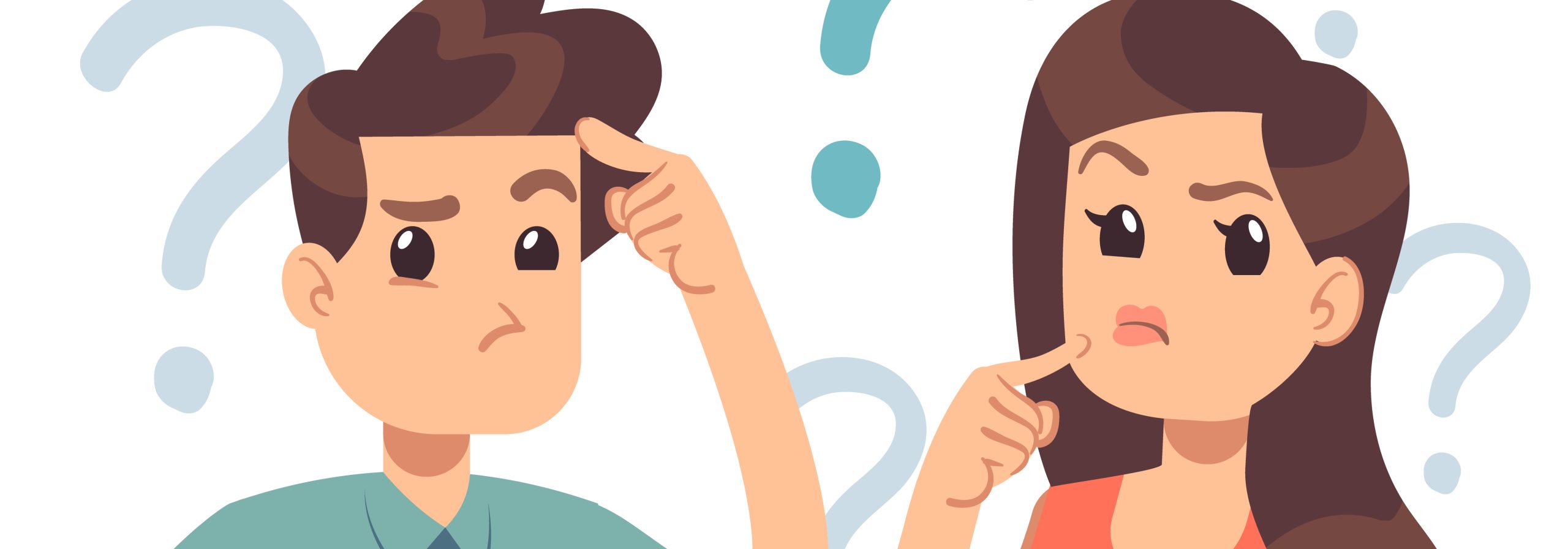Since the housing market crash of 2008, many banks and lenders push potential homebuyers to put 20% down on their mortgages. Looking at this on the surface can deter many potential homebuyers as 20% can virtually wipe out the life savings of young homebuyers or make homebuying outright unaffordable.
The reality is that 20% down isn’t always necessary. Let’s take a look at the rationale of the 20% down payment.
The Reason Behind 20% Down
A 20% down payment has long been considered a golden down payment for homeowners. After all, it shows lenders that you’re committed to the loan for the long term, proves your financial status, and generally benefits the borrower by lowering payments and reducing interest liability on a loan.
The reality is that a 20% down payment requirement didn’t come about until the housing market crash of 2008. As part of the financial restructuring following the market collapse, lenders began requiring borrowers who didn’t or couldn’t put 20% down on most mortgages to pay what’s known as private mortgage insurance or PMI. PMI stays with the loan until the borrower reaches 20% equity.
For many homebuyers, PMI isn’t a huge amount added to their loan, but it’s not insignificant either. For most loans, it can range anywhere from $50 on up per month. Therefore, if you can eliminate PMI or find a loan instrument that doesn’t require it, then you can put more of your payment towards the principal.
Is 20% Down Really Necessary?
The short answer is no, a 20% down payment is not necessary but, as we’ve already mentioned, can save you hundreds of dollars per year if you’re required to carry private mortgage insurance. In fact, most loans often require far less of a down payment in order to get a loan.
For traditional loans, otherwise known as conventional loans, most lenders only require 5% down. For other loan products, qualified buyers can put as little as 3.5% down, and with certain government-backed loans such as VA loans (for active and retired military) or USDA loans (for rural housing development), there’s actually no down payment required!
Granted, in order to get any of these less-than-20%-down mortgages, you’ll likely need to qualify with certain conditions including income, location, and overall finances. To determine if you can qualify for these products, it’s important to talk to a certified loan expert.
Don’t Buy the Myth
If a 20% down payment has kept you from buying a home, then don’t be deceived anymore! There are more than enough options available to first-time homebuyers to give them an opportunity to purchase a home without wiping out an entire lifetime of savings. The reality is that the median down payment for most homebuyers younger than 66 is far less than 20%.
So what does that mean for you as a homebuyer? Do some research and prep work. There are resources for down payment such as Down Payment Resource which can help homebuyers with down payment assistance and options. Alternatively, you can cut straight to the source and get in touch with the loan experts at Tidewater Mortgage Services, Inc. who have over 20 years of experience helping first-time homebuyers get into homes!


